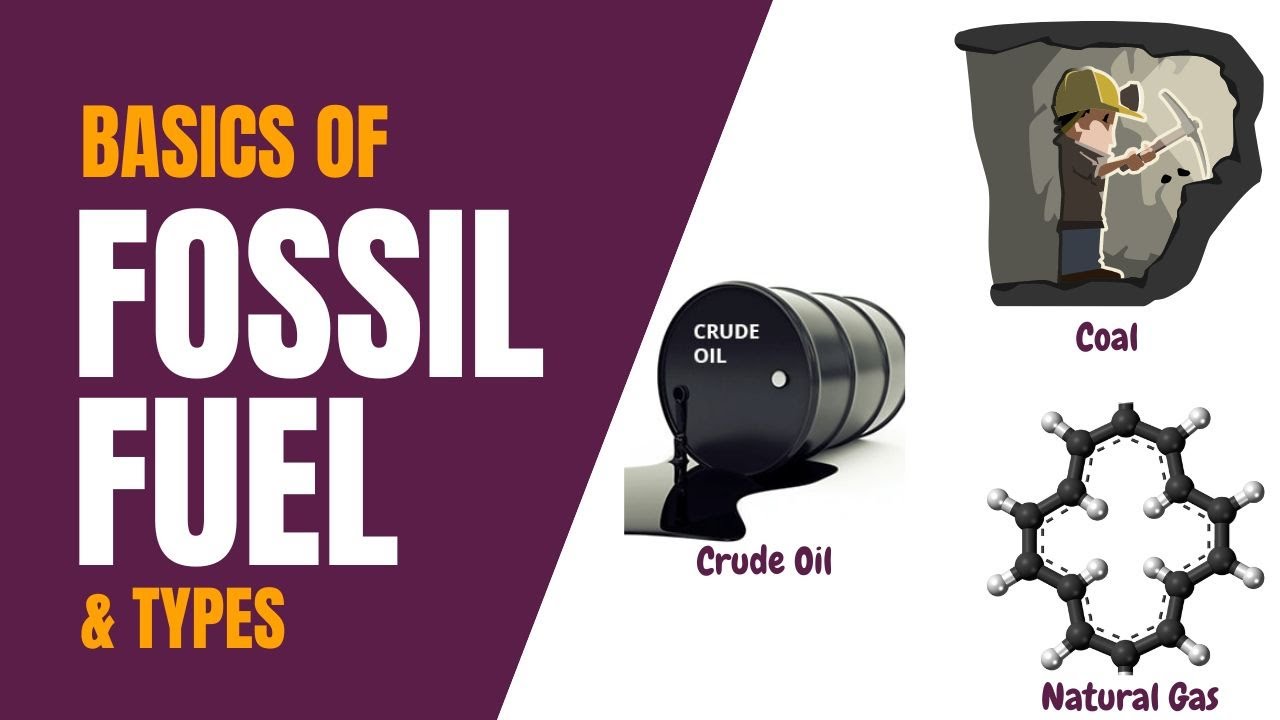Sistem Teknologi Migas & EBT 02
Summary
TLDRIn this lecture, the speaker discusses the oil and gas industry, highlighting the formation of oil and gas from organic materials like algae and marine plants. They explain the components of oil, including hydrocarbons and non-hydrocarbons, and the concept of oil reservoirs and traps. The speaker contrasts upstream activities, such as exploration and production, with downstream activities like refining and distribution. Examples of exploration failures by companies like ConocoPhillips and Statoil are provided, emphasizing the high risks and potential rewards of the industry. The lecture also touches on the current state of Indonesia's oil and gas sector.
Takeaways
- 😀 The importance of oil and gas as essential energy resources was highlighted in the script.
- 😀 Algae, marine organisms, and terrestrial plants are the primary sources for the formation of oil and gas, with algae producing the highest quality.
- 😀 Oil and gas are mixtures of hydrocarbons and non-hydrocarbons, such as sulfur, oxygen, nitrogen, and metals.
- 😀 Oil and gas are stored in reservoirs, which are rock formations that hold these substances, with impermeable layers acting as seals.
- 😀 Reservoir traps are formed to concentrate oil and gas at the top of the reservoir, allowing for easier extraction.
- 😀 The pressure and temperature within a reservoir influence the physical properties of oil and gas and affect their production potential.
- 😀 The oil and gas industry involves upstream and downstream activities, including exploration, exploitation, and production, as well as refining, distribution, and marketing.
- 😀 Upstream activities require expertise in geology, geophysics, and drilling, while downstream activities focus on refining, transportation, and commercializing oil and gas products.
- 😀 The industry is highly interdisciplinary, requiring expertise from a range of fields, including engineering, safety, and administration.
- 😀 High financial investment and high risk are inherent in the oil and gas industry, but successful exploration can yield significant returns, though failures can lead to substantial losses.
Q & A
What is the main focus of the lecture in the script?
-The main focus of the lecture is on oil and natural gas, including their formation, characteristics, and the processes involved in the oil and gas industry, such as exploration and exploitation.
What are the primary sources that form oil and natural gas?
-Oil and natural gas primarily form from algae, marine microorganisms, and terrestrial plants. Algae, in particular, produces high-quality oil and gas, while terrestrial plants are more likely to form coal.
What role does pressure and temperature play in the production of oil and gas?
-Pressure and temperature significantly affect the physical properties of oil and gas, influencing how they can be produced and transported to the surface.
What is the difference between upstream and downstream activities in the oil and gas industry?
-Upstream activities involve exploration and exploitation, including geodesy, geophysics, and drilling, while downstream activities focus on refining, transportation, storage, and marketing of the products.
What are some examples of technical and non-technical supporting activities in the oil and gas industry?
-Technical supporting activities include mechanical, electrical, civil engineering, and safety management, while non-technical activities cover administration, finance, human resources, and security.
Why is the oil and gas industry considered multidisciplinary?
-The oil and gas industry is multidisciplinary because it integrates knowledge and expertise from a wide range of fields, such as geology, engineering, finance, and environmental sciences, to ensure successful operations.
What challenges are faced in the oil and gas industry, according to the script?
-The industry faces high risks due to the complexity of the operations, including exploration failures, the need for advanced technology, and the high capital investment required. Failures in exploration can result in significant financial losses.
Can you give an example of a company that experienced failure in oil exploration?
-An example is ConocoPhillips, which faced failures in its oil exploration efforts in Indonesia, resulting in substantial financial losses due to unsuccessful drilling operations.
What is the concept of 'high risk, high return' in the oil and gas industry?
-The 'high risk, high return' concept means that the oil and gas industry involves significant financial risks, but when successful, it can yield substantial profits from successful exploration and production operations.
What is the current condition of oil and gas fields in Indonesia, according to the script?
-As of 2023, Indonesia's oil and gas fields are experiencing a decline in the number of active fields, but there is an increase in exploitation activities. Some fields have received development plans, while others are in the process of termination or handover to the government.
Outlines

This section is available to paid users only. Please upgrade to access this part.
Upgrade NowMindmap

This section is available to paid users only. Please upgrade to access this part.
Upgrade NowKeywords

This section is available to paid users only. Please upgrade to access this part.
Upgrade NowHighlights

This section is available to paid users only. Please upgrade to access this part.
Upgrade NowTranscripts

This section is available to paid users only. Please upgrade to access this part.
Upgrade Now5.0 / 5 (0 votes)





